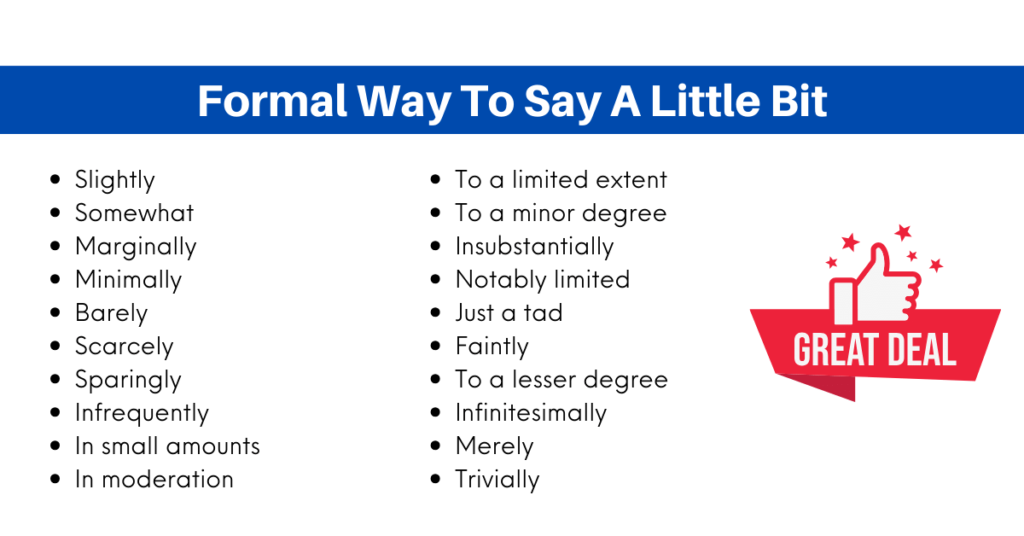In the intricate dance of language, finding the right phrase to convey support, assurance, or a secondary plan is essential, especially in formal settings. While “back up” is commonly used, there exists a rich tapestry of expressions waiting to be discovered. Journey with us through “130 Formal Ways To Say Back Up,” elevating your verbal and written communications to new heights of sophistication.
Formal Ways To Say Back Up
Below are the 130 formal ways to say “Back Up”:
- Provide support.
- Furnish corroborative evidence.
- Validate the claim.
- Offer confirmation.
- Supply verification.
- Reinforce the argument.
- Confirm the assertion.
- Substantiate the statement.
- Affirm the viewpoint.
- Corroborate the findings.
- Uphold the perspective.
- Authenticate the information.
- Lend credence to.
- Bear out the theory.
- Vouch for the data.
- Bolster the case.
- Attest to the fact.
- Give weight to.
- Endorse the proposition.
- Certify the evidence.
- Support the hypothesis.
- Confirm the presumption.
- Reinforce the premise.
- Advocate for the stance.
- Strengthen the thesis.
- Establish the legitimacy.
- Reaffirm the conclusion.
- Provide assurance for.
- Assert the authenticity.
- Accredit the notion.
- Pledge support to.
- Stand behind the inference.
- Validate the supposition.
- Support the rationale.
- Authenticate the testimony.
- Reiterate the claim.
- Defend the premise.
- Ratify the contention.
- Substantiate the implication.
- Justify the postulation.
- Sustain the argument.
- Provide testimony for.
- Stand by the assertion.
- Verify the proposition.
- Confirm the rationale.
- Establish the foundation.
- Give evidence for.
- Advocate for the premise.
- Pledge affirmation to.
- Validate the viewpoint.
- Strengthen the assertion.
- Affirm the hypothesis.
- Offer proof for.
- Confirm the basis.
- Substantiate the belief.
- Reassert the claim.
- Endorse the theory.
- Back the contention.
- Revalidate the statement.
- Reinstate the belief.
- Verify the details.
- Provide confirmation for.
- Assert the truth of.
- Fortify the stance.
- Back the thesis.
- Attest to the truth.
- Concur with the findings.
- Pledge support for.
- Lend authority to.
- Corroborate the testimony.
- Assure the authenticity.
- Reconfirm the premise.
- Certify the claim.
- Reinforce the viewpoint.
- Strengthen the conclusion.
- Offer validation for.
- Reiterate support for.
- Reaffirm the hypothesis.
- Validate the reasoning.
- Confirm the evidence.
- Reestablish the notion.
- Defend the stance.
- Verify the assumption.
- Support the evidence.
- Affirm the reasoning.
- Provide verification for.
- Substantiate the argument.
- Support the postulation.
- Provide corroboration for.
- Certify the findings.
- Offer proof of the claim.
- Ratify the belief.
- Lend support to.
- Defend the argument.
- Support the position.
- Verify the testimony.
- Back the postulation.
- Confirm the testimony.
- Strengthen the rationale.
- Offer assurances for.
- Attest to the accuracy.
- Reinforce the hypothesis.
- Vouch for the accuracy.
- Certify the assertion.
- Guarantee the authenticity.
- Defend the theory.
- Confirm the findings.
- Substantiate the testimony.
- Reaffirm the belief.
- Reinforce the reasoning.
- Endorse the viewpoint.
- Ratify the argument.
- Justify the evidence.
- Validate the testimony.
- Provide a basis for.
- Support the assumption.
- Strengthen the belief.
- Vouch for the truth.
- Offer corroborative details.
- Confirm the conclusion.
- Support the assertion.
- Advocate for the theory.
- Endorse the rationale.
- Attest to the findings.
- Reinstate the theory.
- Reinforce the findings.
- Advocate for the conclusion.
- Validate the premise.
- Attest to the conclusion.
- Certify the rationale.
Explore More Ways to Say:
Formal Ways To Say Back In The Day
Formal Ways To Say Baby Mother


